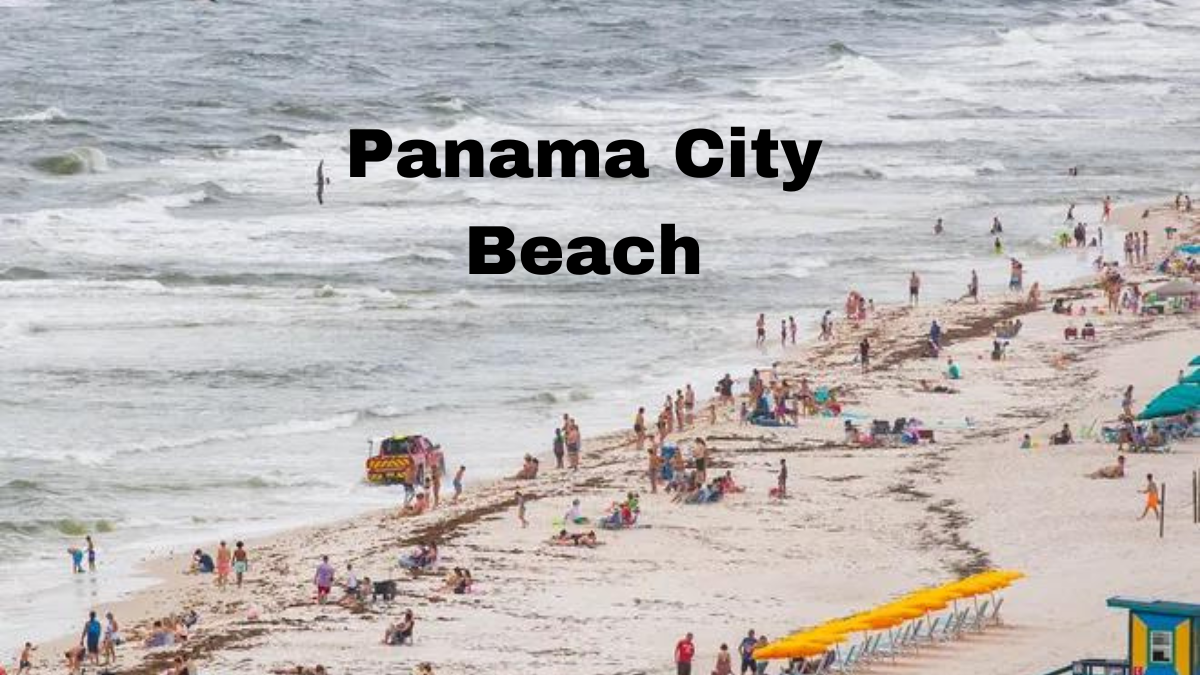Panama City Beach is a stunning destination renowned for its crystal-clear waters and beautiful sandy beaches. While it’s a paradise for tourists and locals alike, it also harbors hidden dangers. Understanding water safety is crucial to ensuring that your beach day doesn’t end in tragedy.
Understanding the Waters of Panama City Beach
Panama City Beach, located in the Florida Panhandle, enjoys a subtropical climate with warm waters, making it a magnet for beachgoers. However, this popularity comes with a significant number of water-related incidents, including drownings.
Statistics on Drownings
Recent data shows a worrying trend of drownings at Panama City Beach. Compared to other popular beaches, Panama City Beach has seen a higher number of incidents, highlighting the need for improved safety measures and awareness.
Causes of Drownings in Panama City Beach
Rip Currents
Rip currents are fast-moving channels of water that can quickly pull swimmers away from the shore. They are one of the leading causes of drownings at Panama City Beach.
Alcohol Consumption
Many beachgoers consume alcohol, which impairs judgment and reaction times, increasing the risk of drowning.
Inadequate Supervision
Children and inexperienced swimmers often fall victim to drowning due to a lack of adequate supervision.
Swimming Ability and Experience
Overestimating one’s swimming ability or underestimating the ocean’s power can lead to dangerous situations.
Rip Currents: The Invisible Threat
What are Rip Currents?
Rip currents are powerful, narrow channels of fast-moving water. They can occur at any beach with breaking waves and are responsible for most rescues by lifeguards.
How to Identify and Avoid Them
To spot a rip current, look for differences in water color, wave patterns, or lines of foam, seaweed, or debris moving steadily seaward. If caught in a rip current, stay calm, float, and swim parallel to the shore to escape its grip.
Safety Measures and Guidelines
Importance of Swimming in Designated Areas
Swimming in areas monitored by lifeguards significantly reduces the risk of drowning.
Role of Lifeguards
Lifeguards are trained to identify and respond to potential hazards. Their presence is crucial in preventing drownings.
Safety Equipment and Signage
Pay attention to safety signs and use available safety equipment like life jackets, especially for children and weak swimmers.
Personal Stories and Case Studies
Real-Life Incidents
Hearing about real-life drowning incidents helps underline the importance of water safety. Each story offers lessons that can prevent future tragedies.
Preventive Strategies for Swimmers
Educating Oneself on Water Safety
Knowing the dangers and how to avoid them is the first step to staying safe.
The Buddy System
Always swim with a buddy. It’s safer and more fun.
Importance of Swimming Lessons
Learning to swim properly can save your life. Enroll in swimming lessons if you aren’t confident in your abilities.
Community and Government Initiatives
Local Government Efforts
Local authorities are continuously working on improving beach safety through better regulations and infrastructure.
Community Programs and Awareness Campaigns
Programs aimed at educating the public about water safety are essential in reducing the number of drownings.
Role of Technology in Preventing Drownings
Apps and Gadgets for Water Safety
Technology like safety apps and wearable devices can help monitor swimmers and alert them to dangers.
Advances in Rescue Technology
New rescue technologies, such as drones and automated lifeguard systems, are making beaches safer.
read this also – Beach Pit BBQ: Coastal Grilling.
Impact on the Community
Emotional and Social Consequences
Drownings have a profound emotional impact on families and communities, leading to grief and trauma.
Economic Impact
Drowning incidents also affect the local economy, particularly if they lead to negative publicity for tourist destinations.
Legal Aspects and Responsibilities
Beach Regulations
Understanding and adhering to beach regulations is crucial for safety.
Liability Issues
Liability issues often arise in drowning cases, emphasizing the need for clear rules and regulations.
What to Do in an Emergency
Immediate Steps to Take During a Drowning Incident
If you see someone drowning, call for help immediately. Throw a flotation device to the victim if possible.
Importance of CPR and First Aid
Knowing CPR and first aid can make a critical difference in saving someone’s life during a drowning incident.
Resources for Water Safety Education
Organizations and Websites
Many organizations offer valuable resources on water safety. Websites like the American Red Cross provide guidelines and tips.
Local Classes and Workshops
Participating in local water safety classes and workshops can enhance your knowledge and preparedness.
Conclusion
Water safety at Panama City Beach is a shared responsibility. By understanding the risks and taking appropriate precautions, we can prevent drownings and ensure everyone enjoys the beach safely.
FAQs
What is the most common cause of drownings at Panama City Beach?
Rip currents are the most common cause of drownings at Panama City Beach due to their powerful and fast-moving nature.
How can I spot a rip current?
Look for differences in water color, wave patterns, or lines of foam, seaweed, or debris moving steadily seaward.
Are there enough lifeguards at Panama City Beach?
While efforts are made to ensure adequate lifeguard presence, it’s always safer to swim in designated areas where lifeguards are on duty.
What should I do if I see someone drowning?
Call for help immediately, and if possible, throw a flotation device at the person. Avoid entering the water if you are not trained in rescue techniques.
Where can I find more information on water safety?
Websites like the American Red Cross and local community programs offer valuable information and resources on water safety.
I Am The Author Of This Lovely Blog…
This beautiful blog is written by me. I love writing blogs and sharing my experiences with my dear readers. My name is Bharat. I love visiting new places, eating delicious food, and enjoying beaches and waterfalls.
